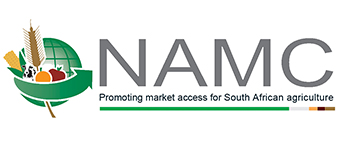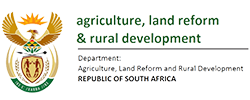Commentary: What is the status quo of maize in South Africa? Is maize supply adequate during the COVID-19 period?
By Fezeka Matebeni
There is no doubt that the coronavirus (COVID-19) raised concerns of increasing uncertainty about the long-term implications for production and consumption in food value chains. Planting and harvesting conditions in 2019 were optimal which helped the maize and wheat to register higher crop as compared to previous season in South Africa. According to the International Grains Council (IGC, 2020), the estimated total grain production in 2019/20 increased by 2 % compared to the previous year, reaching a volume of 2 176 million tons. Noteworthy is that maize output declined; however, it was outweighed by larger wheat and barley harvests. Maize production in the European Union (EU) and Belarus increased, while Indonesia and Laos registered reductions (FAO, 2020). The production of maize is expected to be 1 118.6 million tons with consumption recorded at 1 145.3 million tons. Maize consumption declined from 1 147 million tons in 2018/19 to 1 145.3 million tons in 2019/20 (IGC, 2020).
Could the measures taken by the South African government be sufficient to sustain maize market?
The South African government declared a national state of disaster on 15 March 2020 due to the impact of the COVID 19 pandemic. A nationwide lockdown was implemented on 27 March, and the panic buying of food inevitably occurred. One of the food items that citizens bought and worried of it, if it would be sufficient was maize meal, as it is a staple food. South Africa’s maize supply contracted during the 2019/20 marketing year, as compared to the above average levels in the previous two years. As a result, exports of maize declined from an above average level of 2 million tons to about 1.4 million tons in 2019/20. On the other hand, the closing stocks are estimated to shrink to about 1.8 million tons as compared to the five year average of 2.4 million tons (NAMC, 2020). However, this stands not to be the case in the 2020/21 marketing year since there were favourable climate conditions throughout the growing season, which have boosted prospects for the crop. Maize harvesting started in April and is expected to be concluded in June. The national output for maize is estimated at 15.8 million tons, representing a 12 % increment from the previous year. The inclusion of output from the non commercial sector is bound to place this year’s production as the second-largest on record.
South Africa’s maize exports are estimated to double from last year’s level due to the abundant supplies of, and strong demand for, white maize in neighbouring countries (mainly Angola, Botswana, Eswatini, Lesotho, Zambia and Zimbabwe). These countries have suffered from severe drought (FAO, 2020). Furthermore, the depreciation of the rand, which has lost more than 30 % in value against the US dollar (US$) since January 2020, could further stimulate sales to both nearby and other countries in the global market (USDA, 2020). The depreciation is also expected to spur a rise in exports of yellow maize, which declined to a below average level of 400 000 tons in 2019/20. However, the interruption to logistical services could pose a disruption to trade, due to the COVID 19 pandemic. Stocks are likely to replenish in 2020/21 and national inventories could reach around 2 million tons. The extent of the annual increase will, however, depend on export quantities. The graph below illustrates South Africa
opening stocks, production and consumption of maize in the recent marketing year.
Conclusion – There is no doubt that the COVID-19 pandemic has disrupted global food supplies and is causing labour shortages in agriculture worldwide. There are many potential effects and problems related to COVID-19 that are impossible to predict. Market concerns over the COVID-19 outbreak have been spilling over into grain markets, as the main exporters’ maize prices have been trending down since January 2020. Prices are being pressured by uncertainty over consumer demand and shortage of labour, as well as lack of or slow logistics. In the wake of COVID-19, concerns have emerged over food security; however, in terms of maize, one can confidently say that there will be sufficient maize for South Africans and surplus to export to neighbouring countries, as illustrated above.


